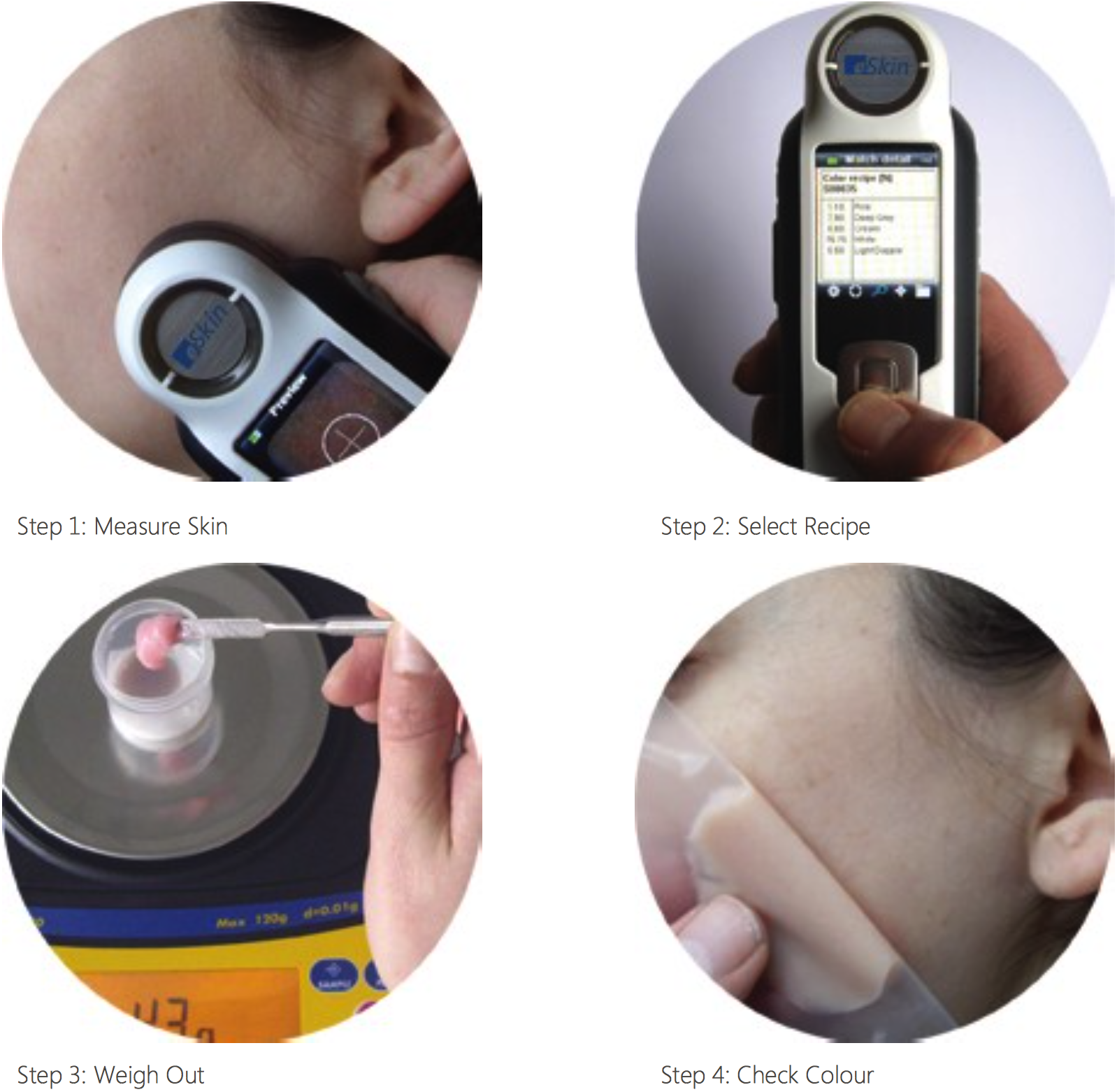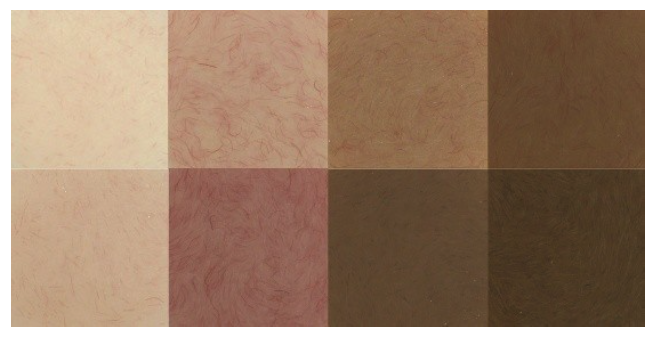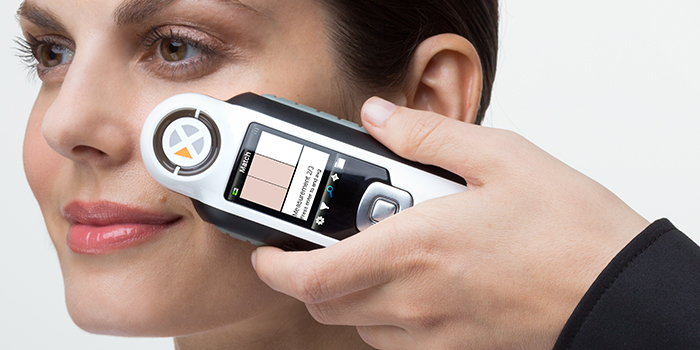For many of us, fun in the sun can lead to a summertime tan. The science behind this sun + skin interaction is melanin, a skin pigment our body releases to block the UV rays found in sunlight. The more time we spend in the sun, the more melanin is released, and the darker (or more freckled) our skin becomes.
This shift in skin tone doesn’t matter for most people, but for prosthetic wearers even a slight change can be a big deal. Here’s how Royal Preston hospital in the United Kingdom is using color management to ensure their patients’ prosthetics match, regardless of the color of their skin.

Can you see this man’s facial prosthesis? The color is so perfectly matched that it looks completely natural.
The problem with prosthetics
When patients have severe facial damage due to cancer or traumatic injury, facial prosthetics can positively change their lives. The problem has always been achieving an exact match. Skin is a living tissue and changes based on blemishes, blood flow, applied pressure, and of course, sun exposure.
Brendan McPhillips, Royal Preston Hospital’s Consultant Maxillofacial Prosthetist & Technologist, knows first hand the importance of a good skin tone match. Color matching by eye isn’t accurate enough, and depending on the light, the appearance of color can change throughout the day. “Previously we had to match colour by eye, and we had to have two of us look at it since no two people see colour exactly the same. We can spend hours getting the shape and fit right, but if the colour is wrong, the patient won’t wear it and all is for nothing.”
Color management to the rescue!
The Spectromatch e-Skin spectrocolorimeter, based on the X-Rite CAPSURETM device, can quickly and accurately match skin tone using spectral data – “color numbers” – leaving no room for error. It compares the patient’s skin tone against a digital library of more than 22,000 skin tones and instantly retrieves and displays on screen a matching silicone colorant recipe. Clinicians use this information to quickly and accurately weigh out the exact formulation to create a matching prosthetic.

Image courtesy of http://spectromatch.com.
Since the e-Skin device is small and portable, McPhillips can begin working on a prosthetic right from the operating room. “We were not able to do that before. We simply couldn’t bring all of the necessary equipment into the theatre.”
Matching the skin tone also often means that the prosthesis must be slightly different shades at the edges where it touches the skin in various parts of the face in order to look as natural as possible. The team generally takes several measurements from various places to create the most realistic product. “If you can get the edge of the prosthetic as close to the skin tone as possible, it blends in,” he says. “If you can do that, you are on to a winner straightaway.”

Image courtesy of http://spectromatch.com.
A smile on every face
According to Charlie Carroll of Spectromatch, “I can’t begin to explain what a difference this colour-matching technology is making for our customers and their patients. It is quite heartwarming to hear their stories and to realize your company’s product is driving a very important revolution in the prosthetics business.”

Color measurement for skin is an interesting and high profile technology. Cosmetics manufacturers are also using it to create cosmetics databases, allowing customers to measure their skin tone and select the most complimentary shades.
So what about those tans?
“Sometimes skin tone changes require remaking the prosthesis or using extrinsic coloring to bring it back to natural skin tone. In many cases, patients have more than one and can exchange them based on the time of year or other conditions that might cause an adjustment in skin tone.” Lucky for McPhillip’s patients, once he has their color recipes on file, they only need to call to place another order.
To learn more about how color measurement technology is changing the lives for prosthetic patients, check out our Preston Maxillofacial Prosthetics case study.
